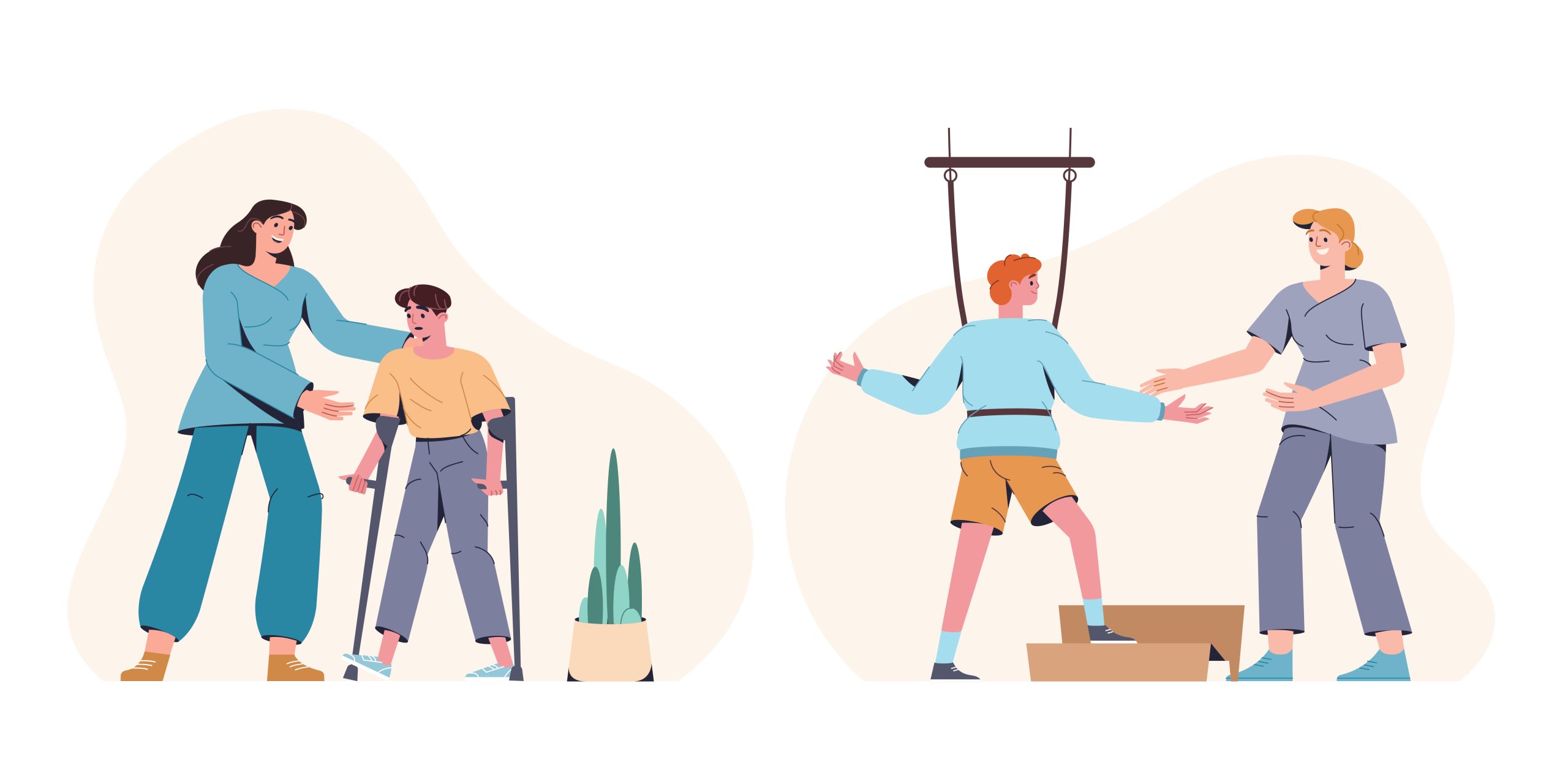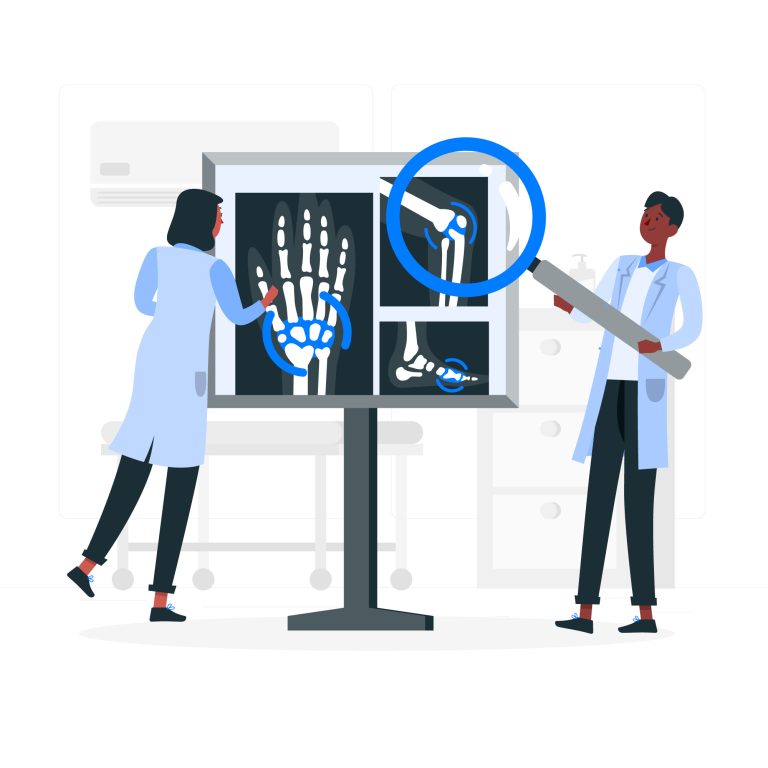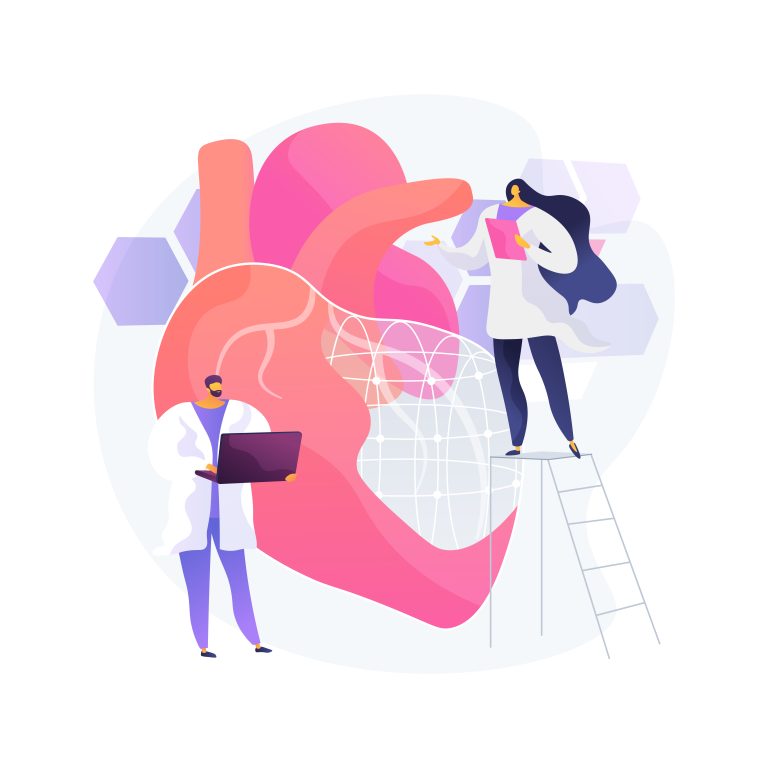Rehabilitation
Biofeedback and Neurofeedback: Cutting-Edge Tools for Personalized Rehabilitation
The term “rehab” or “rehabilitation” originates from the Latin word “rehabilitare,” where “re-” means “again” and “habilitare” means “to make able” or “to fit.” The term collectively means “to make able again” or “to restore to a state of health or normalcy.” In modern contexts, rehabilitation refers to the process of restoring individuals to their optimal functional capacity following injury, illness, or addiction. This can encompass physical therapy, psychological support, and other therapeutic interventions to improve quality of life and functional abilities. However, our connotations of this word in modern society have made rehab seem like a shameful/damaging thing. Biofeedback and Neurofeedback are innovative and upcoming tools in the medical industry; their application is valuable in every department, including (personalized) rehabilitation.

Biofeedback and neurofeedback use real-time data to help individuals control physiological and neurological functions. Biofeedback involves measuring bodily functions like heart rate or muscle tension through sensors and providing feedback to help individuals learn to regulate these processes consciously. For example, it can help with managing stress by teaching muscle relaxation.
Neurofeedback, a type of biofeedback, focuses specifically on brainwave activity. Sensors on the scalp monitor brainwaves, and the individual receives feedback to help regulate brain patterns. This can be beneficial for conditions like anxiety or ADHD. Both methods aim to improve self-regulation and overall well-being by using feedback to guide individuals in modifying their physiological or mental states.
Biofeedback is increasingly used in physical rehabilitation to enhance recovery and manage pain. By providing real-time feedback on physiological functions, biofeedback helps individuals learn to control their body’s responses, which can be particularly useful in managing pain and improving muscle function.
Applications in Physical Rehabilitation:
In pain management, biofeedback techniques help patients gain awareness and control over their body’s pain responses. For instance, it can teach relaxation techniques to reduce muscle tension and decrease pain perception.
Biofeedback improves muscle function in muscle rehabilitation by providing feedback on muscle activity. This helps individuals learn to activate and control specific muscles more effectively, supporting rehabilitation from injuries or surgeries. Additionally, biofeedback supports overall recovery by enhancing body awareness and promoting optimal movement patterns.
Applications in Mental Health Rehabilitation
Neurofeedback is a valuable tool in mental health rehabilitation, particularly for conditions such as ADHD, anxiety, and depression. By training individuals to regulate brain activity, neurofeedback helps address these conditions non-invasively.
For ADHD, neurofeedback can improve attention and reduce impulsivity by training brainwaves associated with focus and cognitive control. In anxiety and depression, it works by teaching individuals to alter brainwave patterns related to stress and mood regulation, fostering a more balanced emotional state. Through these targeted adjustments in brain activity, neurofeedback offers a promising approach to enhancing mental health and overall well-being.
Benefits of Personalization
Personalization in rehabilitation, facilitated by real-time data and tailored interventions, significantly enhances outcomes by addressing individual needs more precisely. Real-time data allows for immediate adjustments to therapy based on a person’s specific responses and progress. This dynamic approach ensures that interventions align continuously with the individual’s unique condition and recovery goals.
This data shows that tailored interventions can target specific challenges and strengths, leading to more effective and efficient rehabilitation. By focusing on personalized treatment plans, individuals are more likely to experience improved results, faster recovery, and greater overall satisfaction with their rehabilitation process.
Practical Implementation
Integrating biofeedback and neurofeedback into rehabilitation programs involves a few key steps for therapists and patients.
Therapists start by assessing the individual’s needs and selecting the appropriate biofeedback or neurofeedback tools. Training and certification in these techniques ensure that therapists can effectively interpret data and adjust interventions. During sessions, therapists use real-time feedback to guide patients through exercises and monitor progress, making necessary adjustments to optimize outcomes.
For patients, practical implementation includes actively participating in the sessions and adhering to the personalized protocols set by their therapists. Patients should be encouraged to provide feedback on their experiences and progress, which helps therapists fine-tune their approaches. Additionally, incorporating exercises and strategies learned in sessions into daily routines can further enhance the benefits of biofeedback and neurofeedback.
Therapists and patients can collaboratively use these tools to achieve more effective and individualized rehabilitation outcomes.



